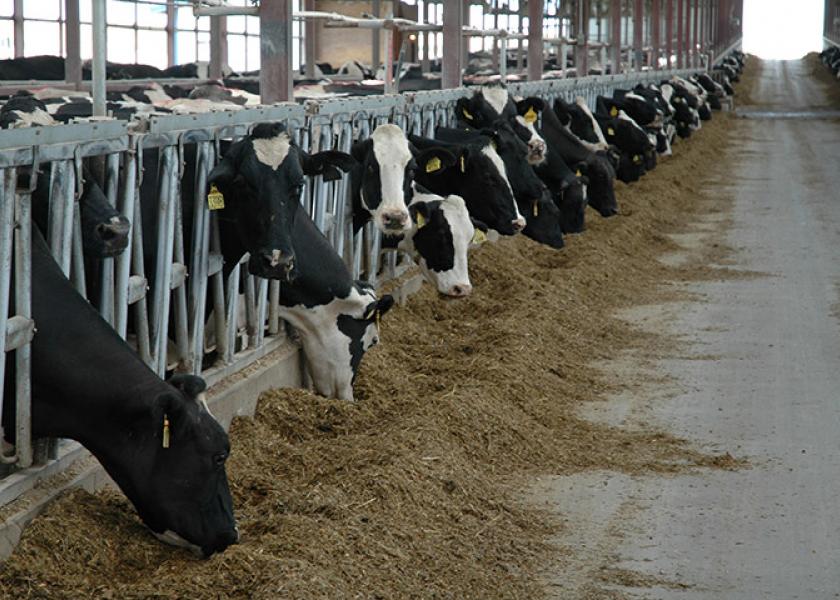How Do You Decide If You Should Have 1 or 2 Feeding (High and Low) Groups for the Milking Dairy Herd?

By: Katie Wolf, Dairy Challenge Student and Donna M. Amaral-Phillips, Ph.D., University of Kentucky
Splitting the milking dairy herd into multiple feeding groups can increase productivity by ensuring the best cows get the best feed and/or special ingredients or additives, allowing them to reach optimum production. However, this can increase labor and require more intensive management. Here are a few suggestions for deciding whether two feeding groups can work to help your dairy farm meet your goals.
- Utilize body condition scoring (BCS). Large difference in BCS should not be seen between cows at a similar stage of lactation and late lactation cows should not be over-conditioned. If the high-producing cows are not getting enough energy to prevent large drops in body condition, and the lower producing cows are eating more than they are putting in the tank, there will be inconsistency in BCS. Late lactation cows need to be at their target BCS to avoid metabolic disorders down the road, such as fat cow syndrome and ketosis.
- Prevent large differences in milk production. Regardless of body condition scores, a cow producing 100 lb per day simply needs more energy than a cow producing 50 lb per day. Consider splitting the group so that the high producing cows have the best chance for success, and the low producing cows do not get more energy than they need possibly resulting in metabolic disorders.
- Target feeds and/or additives to specific groups of cows. Grouping cows allows the targeted use of feeds, higher quality forages and specific feed additives to those cows with higher nutrient needs and hopefully result in more economical use of these ingredients.
- Consider your labor resources. Often a high group will not only get more feed, but an entirely different ration. This means more labor not only in feeding multiple groups, but mixing an additional ration. Potential production gains should be worth more than value of the additional time it takes to feed additional rations.
- Decide on how to group cows. A “high group/low group” model could be followed to get the highest producing cows the best feed, or cows could be grouped by lactation stage. The latter model allows diets to be adjusted for where the cows are instead of just how much they are producing. For example, with late lactation cows already at a BCS of 3.0, fiber and more forages are substituted for starch, permitting more energy to be allocated towards milk yield instead of increasing body condition. This principle can help improve milk production of late lactation cows and prevent them from getting over-conditioned.
- Take care in moving cows. Moving cows disrupts their social groups and results in a lot of stress. Usually they take at least 3 days and up to two weeks to adjust to changes, so they should not be moved more often than that.







